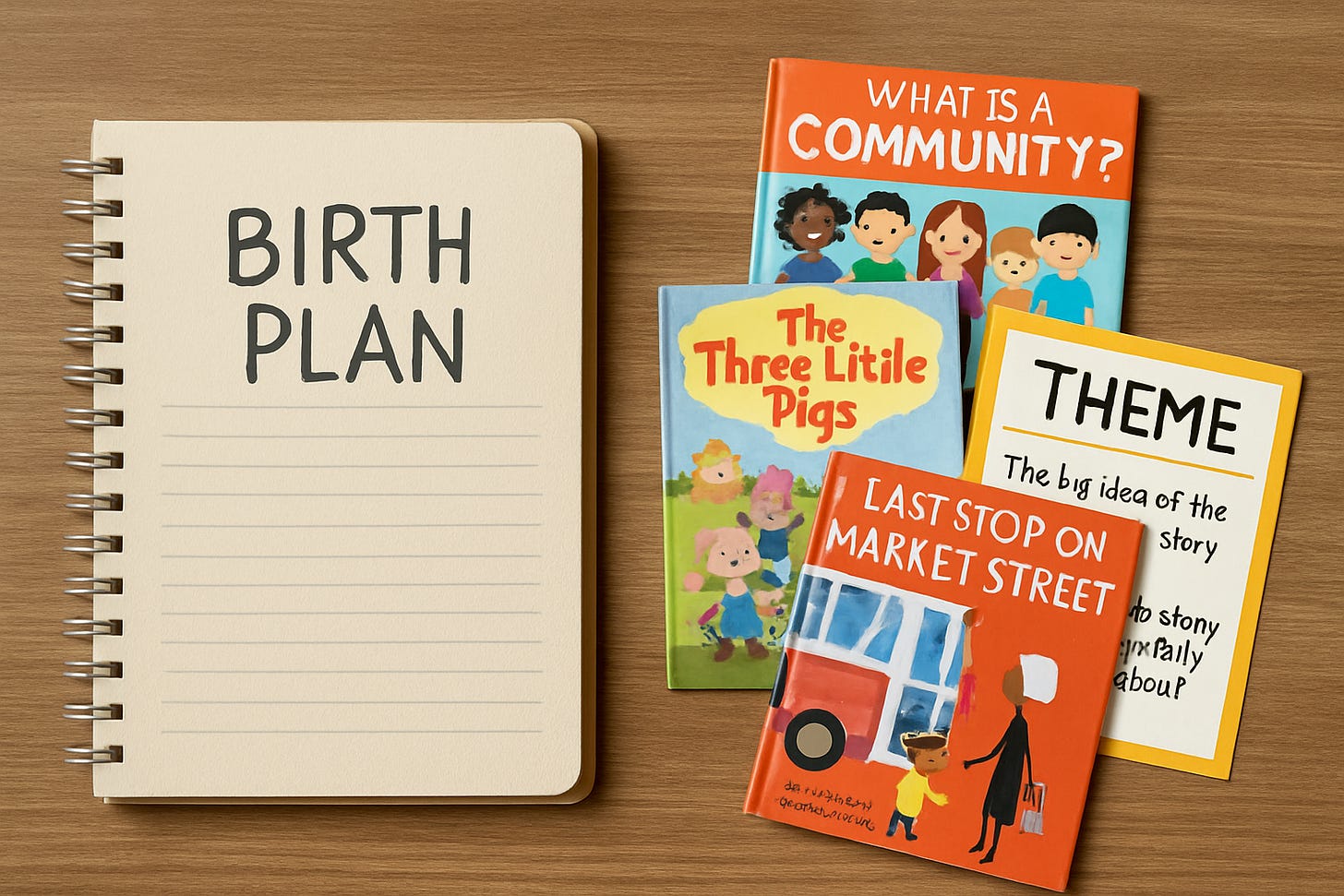This post is free to read, so please ‘like’ it via the heart below and share it widely. The best way to support my work is with a paid subscription.
Overthinking the “Right” Way
Thirteen years ago, when I was pregnant, everyone asked:
What’s your birth plan? Natural birth or epidural?
I read every study, followed every trend, and felt completely overwhelmed.
Finally, I asked my high-risk OB what she thought. She smiled and said:
“The plan is simple. Make sure you and the baby are safe. If you want meds, great. If not, fine. But let’s focus on what matters most—you and the baby, safe and healthy. That’s the birth plan.”
Her words stuck. I realized I was overcomplicating things—searching for the “right” method, when what mattered most was the right outcome.
What This Means for Reading Instruction
That story came to mind when I read a recent article about scaling excellent reading instruction.
I agreed with much of it. Better materials and instruction only work if schools change what happens in classrooms. A label like “science of reading” or a boxed curriculum won’t transform outcomes.
What truly changes student trajectories is great curriculum and great teaching.
But then the article suggested that the school needed a “balanced literacy rehab” because theme charts and leveled texts were still present in the classroom. That gave me pause.
📌 Want to read other articles I’ve written about constructive literacy dialogue? Read this, and this. Also, also take a look at my recent article about scaling literacy excellence.



